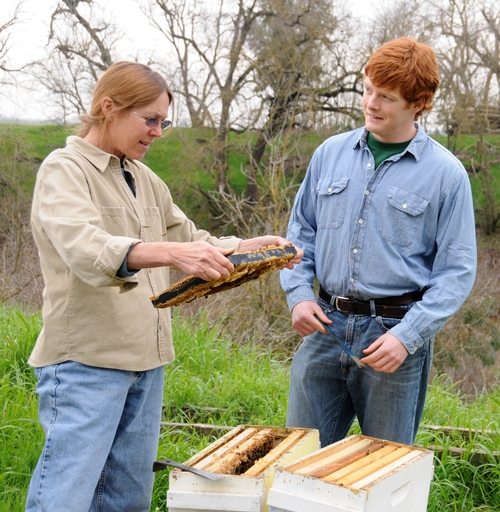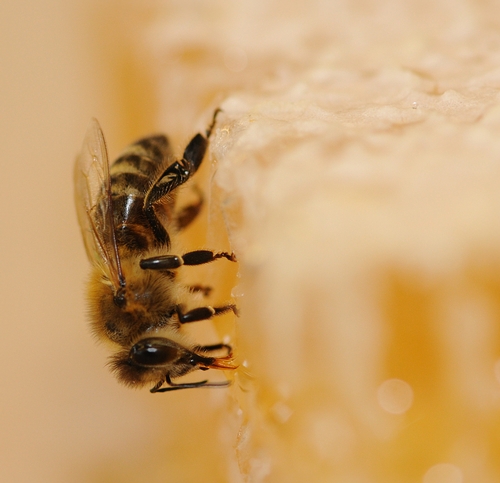It was bound to happen.
As soon as New York City lifted its ban on backyard (and rooftop) beekeeping, scores of folks began making a beeline to take classes from the New York City Beekeepers' Association.
Hugh Raffles, an anthropologist and author of Insectopedia, wrote about the trend in a recent New York Times piece.
"The benefits of urban beekeeping are substantial," Raffles wrote in the July 6th edition. "Despite the conventional view of the city as a slough of pollution, urban honey is likely to have significantly less chemical residue than commercial honey made beyond the boroughs. This is partly due to the high levels of pesticides in commercial agriculture and partly because small-scale beekeepers tend to use fewer drugs in the care of their hives than commercial operators.
"Then there’s the health of the city. Take the honeybees of East New York Farms!, an organization of urban farmers and neighborhood farmers’ markets. These Brooklyn bees pollinate crops for the entire neighborhood. They aren’t just making honey: they’re building community, creating income and employment and maintaining vital urban green space."
Raffles goes on to say that "Local honey will benefit the health of the planet as well: minor transportation costs, no-fuss manufacturing (courtesy of the bees), minimal processing, simple recyclable packaging and centralized retailing provide a model of effective, low-carbon production and distribution."
Raffles points out, however, that rooftop beekeeping does have its pitfalls. "For one thing, unless you own your building, your landlord has to approve the hive’s installation, and he has to feel confident about the reactions of the tenants and the roof’s ability to support a 250-pound hive box. Then there are the costs: around $250 per hive, plus about $200 for the bees, the protective suit and other equipment. And even though the image of bees has softened in the wake of colony-collapse disorder, popular fear of bees is ever-present."
We think the new movement toward urban beekeeping also will result in a younger generation of beekeepers, including 4-H club members signing up for beekeeping projects.
Perhaps, too, there will be more ethnic and gender diversity.
According to the latest survey by the USDA National Agricultural Statistical Service, the average age of beekeepers today in the United States is 55. And the survey showed that white males comprised 90 percent of the beekeeper population.
Attached Images:

Tending Bees

The Honey Bee